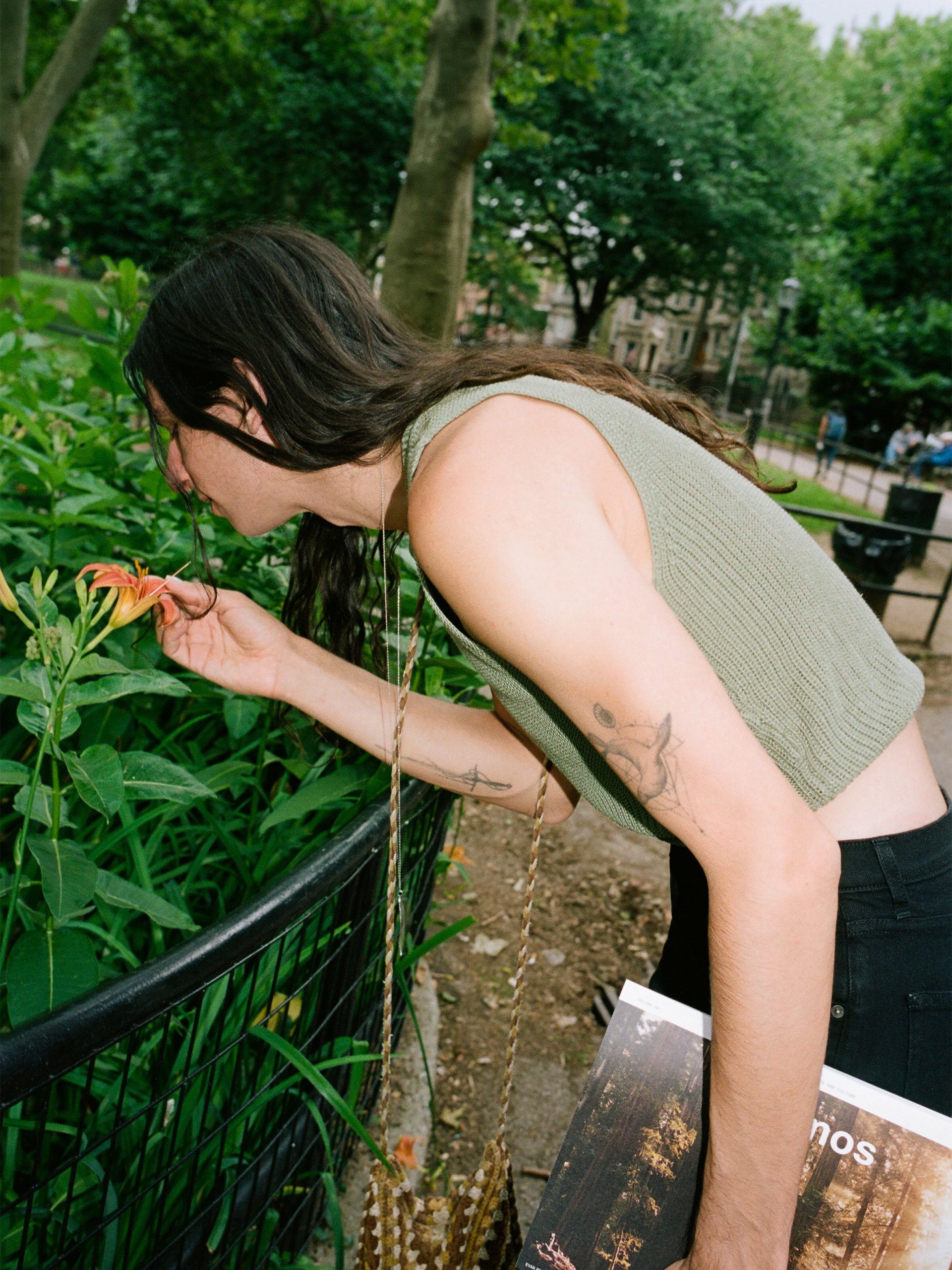Willow Defebaugh
Getting stuff done with
Getting stuff done with Willow Defebaugh
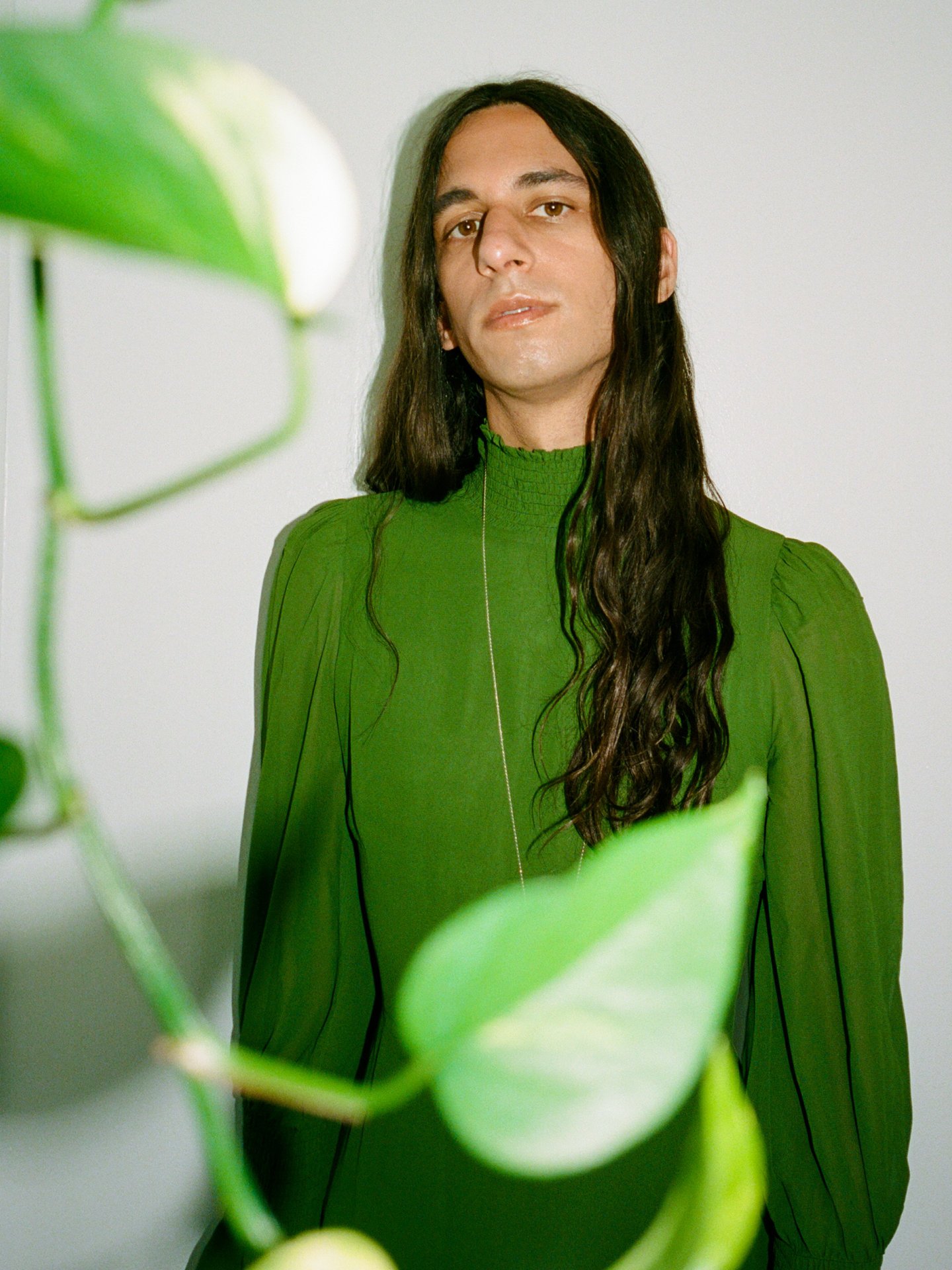
Meet Willow Defebaugh, editor-in-chief of climate and culture platform Atmos.
Tell us about your journey.
My journey is holistic, which is to say full circle. I have always been a storyteller. In school, I studied creative writing and journalism with a focus on the environment. When I came to New York City, I found my footing in the publishing world working at art, culture, and fashion magazines. Eventually, I decided that I wanted to be more intentional with the stories I was telling. I took some time to focus on developing my spiritual life and recovering from some intense burnout before I was connected to my co-founder and we started Atmos. As a climate and culture publication, I see it as a natural integration of all my passions and lived experiences: the creativity I learned from working in the art and culture space, the lens of connectivity I learned to see everything through in my spiritual studies, the storytelling that has always been in my nature, and my lifelong love of the environment.
Where do you get inspiration for your work?
My inspiration can always be traced back to a common source: nature. Every week, I write a deep ecology newsletter for Atmos called The Overview. For each edition, I look to a different aspect of the natural world as a way of speaking about what we are currently experiencing as a collective, and how we can understand it as a teaching. The same goes for every volume of Atmos we create; they all start from a place of reverence for some aspect of our universe.
How did you first get interested in sustainability?
I came to sustainability from a place of healing. After almost a decade of working in publishing, I began to shift my attention from my external life to my internal life. As I explored more systems of holistic and spiritual wellness, I began to understand that sustainability is our natural state—it’s just that we have forgotten. For anyone to really change, they must change from the inside out. When we create the conditions for sustainability within ourselves, we begin to create them around us.
What cause or causes are important to you?
I am interested in re-naturalization, which I consider to be a framework of practices for remembering that we are part of nature, and bridging the divide that we have created between humanity and the rest of the world. I see this work as being deeply intertwined with transformative justice, which reminds us that there can be no restoration of balance for the planet without the same for the people who inhabit it. The transformational aspect of it speaks to the fact that justice within our current systems isn’t enough; we need to transform the system itself—to shift our paradigm as a species.
What’s something you’re excited about?
I’m excited about Atmos Volume 06, which we have just started working on.
What motivated you to start Atmos?
I started Atmos with my cofounder Jake Sargent out of a place of curiosity. We wondered why narratives around the climate crisis were always so clinical and data-driven. We wanted to know if it would be possible to marry mediums and languages for talking about this issue that we don’t often see in the same space: science and spirituality, reporting and poetry, critical thinking and creativity, climate and culture. It’s my belief that if we want to change the story, we have to change the storytelling—and that means illuminating the ecological crisis as a human crisis, reaching people from a place of psychology, emotion, and spirit.
Willow is wearing the Lilac Top in ARTICHOKE and the Emma High Rise Jeans in BLACK.
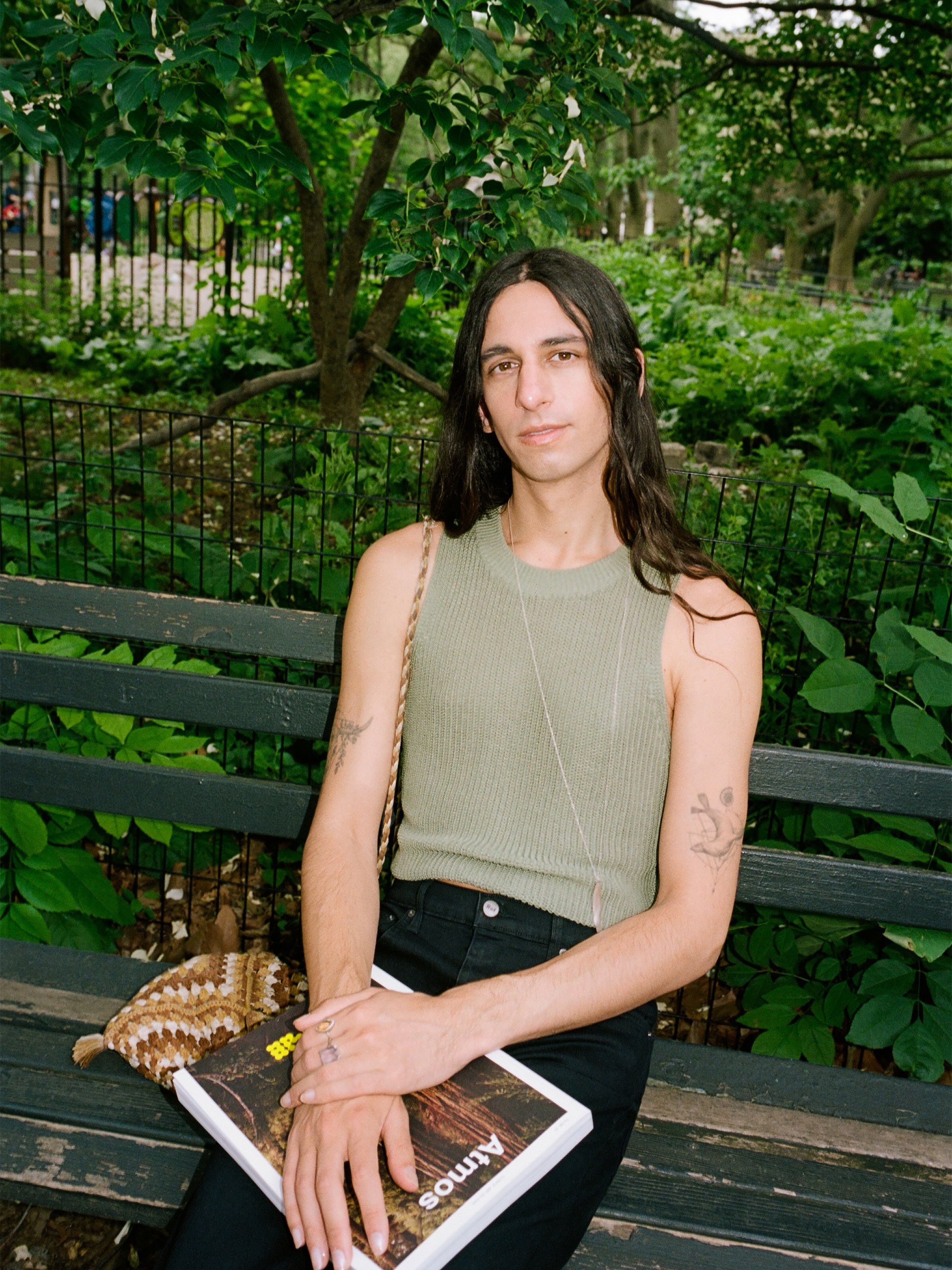
Willow is wearing the Lilac Top in ARTICHOKE and the Emma High Rise Jeans in BLACK.
Willow is wearing the Lilac Top in ARTICHOKE and the Emma High Rise Jeans in BLACK.
How do you start an accessible conversation around climate?
Whether intentional or not, there’s a lot of gatekeeping in the environmental movement. People feel that they have to be a perfect environmentalist or activist in order to join the conversation. But the reality is, this is a conversation that we need everyone to be part of. That means meeting people where they are. This is also where I come back to re-naturalization: reminding people that no one person has a right to speak about or for nature than anyone else, because it’s something we are all inherently part of.
What do you do to connect with nature in your everyday environment?
It’s not always easy in Brooklyn, but I try to remind myself that every environment is an ecosystem and that nature can be found in the smallest cracks and crevices. I have a park near my house with a willow tree that I like to sit and read under. I sit for tea in the morning and I contemplate the leaves, the trees they came from, the water they are steeped in, and the fire that formed the bowl that holds them. All of this is connecting to nature.
How can we learn from our natural environment?
Nature is always speaking to us; all we have to do is listen.
How can we couple long-term sustainability work with the urgency of the climate crisis? Intersectionality affects the way people experience climate change. Do you think it also affects the way people respond to it?
It absolutely does. The climate crisis is already impacting marginalized communities on a magnified scale. It’s easy to ignore something when you don’t perceive it as directly affecting you, but we have become so divorced from our emotional and spiritual bodies that we aren’t understanding that it all affects us. This is why this crisis is more of a human crisis that a climate crisis—it’s about our humanity. Until we realize that there is only one flesh we can wound, nothing will change.
Did your experience in arts and entertainment journalism inform how you approached the conversation around climate?
My background in art and fashion taught me how to approach environmentalism from a place of creativity. It taught me how to be imaginative, not only in how to approach storytelling, but solutions as well.
What advice would you give to people who want to use their passion to help their community?
My advice is to take what you are passionate about and bring that to the cause. Every movement is also an ecosystem, and ecosystems require a diverse array of individuals with different skillsets and purposes. Embracing your unique passion and joy is a form of service.
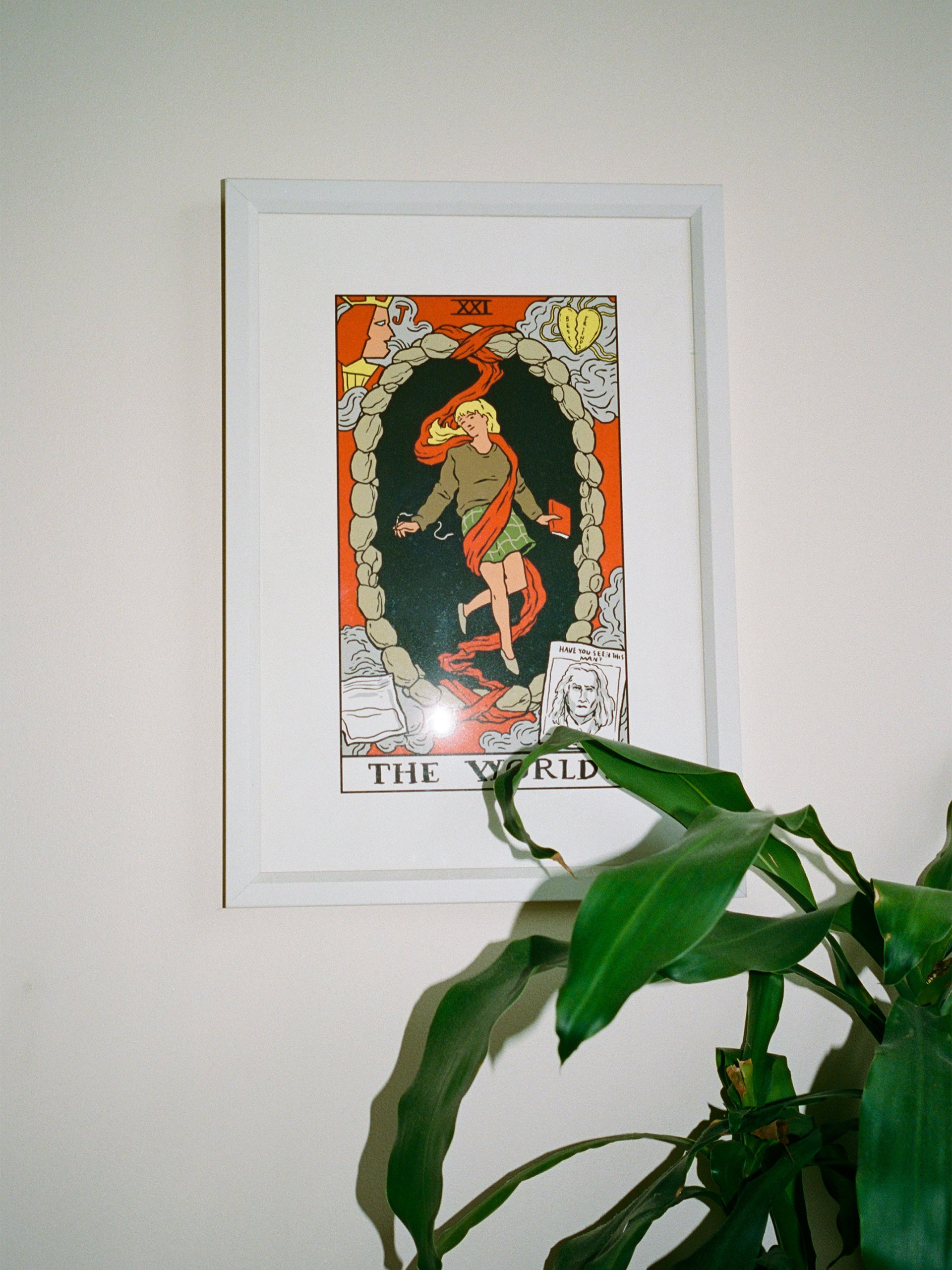
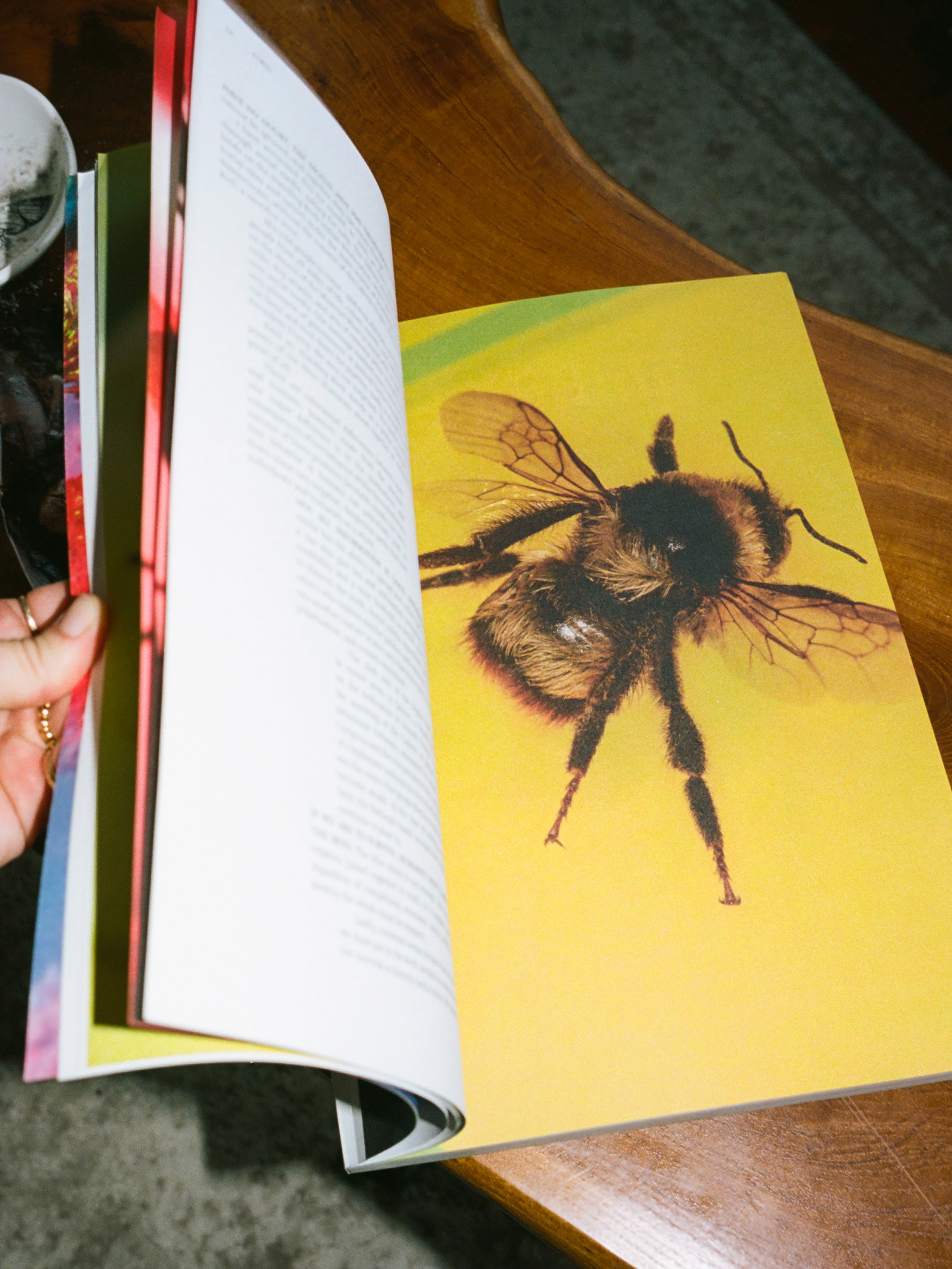
What’s Jane Goodall like?
Not only is she the nicest person, she lives up to her reputation as an animal lover. On a Zoom call, she insisted on meeting my dog and told me he was adorable. It made my day.
Coolest nature fact you’ve ever learned?
That humans and trees still share at least a quarter of our genes.
Best place to eat in New York?
Anella’s in Greenpoint.
What are you reading right now?
Entangled Life by Merlin Sheldrake.
Most embarrassing fashion trend you participated in?
I went blonde once, and will not be doing that again.
Meet some of the other people who are getting stuff done.
